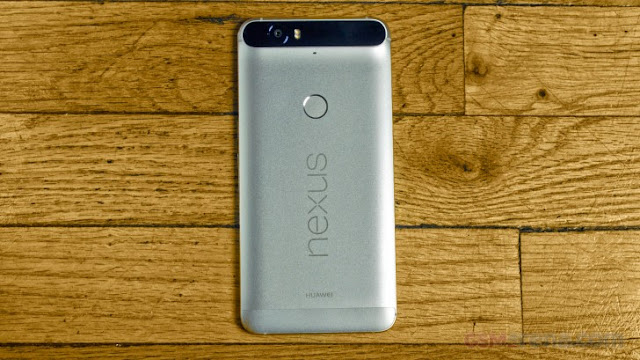Today's computers may look very different from room-sized machines of the 1940s, but they still send data the same way, with electrical signals in metal wires. Researchers at three US universities, though, have built a chip that transmits data with light instead, lifting speed limits and lowering power consumption.
The technology involved, called silicon photonics, is an active area of research at chipmakers like Intel and IBM, but so far it hasn't been a commercially viable idea. The researchers behind the new development -- at the University of California's Berkeley campus, the Massachusetts Institute of Technology and the University of Colorado's Boulder campus -- think they'll have test versions of commercially viable chips ready to go in early 2017.
Inside today's computers and smartphones, electrical signals travel along countless metal wires that link processors to memory, networks, storage devices and USB ports. For longer distances spanning countries, cities or mammoth data centers packed with servers, it's economical instead to send data as light traveling inside fiber-optic cables. Fiber optics can handle tremendous quantities of data, but the technology isn't cheap.
The university researchers hope to change that with photonic components built directly into the chip that can send and receive light signals. Their approach, to be detailed in a paper in the journal Nature on Thursday, can be built with today's chipmaking equipment and silicon ingredients, making it easier to slot into today's computing infrastructure.
If they succeed in bringing their prototype out of the research lab, consumers will eventually benefit. For data centers, where messages shuttle among thousands of servers, silicon photonics could speed up services like Google search or Facebook image recognition or let those companies introduce performance-intensive features not economical today. For personal computers and smartphones, silicon photonics could uncork performance bottlenecks without hampering battery life.
This prototype processor communicates with fiber-optic links instead of conventional electrical wires. At top is memory, at right two processing cores, and on the lower side several optical transmission and receiving links. The chip measures 3x6mm.
Silicon photonics don't make chips themselves run faster, a key problem facing today's computing industry. Instead, they keep chips supplied with data so they don't waste time idle, and that efficiency improves overall performance.
Building the first chip that communicates with the outside world optically is a milestone, said Vladimir Stojanovic, the Berkeley associate professor who led the chip development. But as a business, the biggest challenge is packaging the technology affordably, he said. For that reason, the technology will start in data centers before spreading to smaller devices, he predicted.
"We expect the packaging to be completely amortized first in the data-center applications so that it can then get cheap enough to penetrate the mobile and PC market," he said.
The ideas aren't merely academic. Two startups are betting on the technology: Ayar Labs, which is trying to commercialize its photonic interconnect technology, and SiFive, which is trying to base a business on the freely available RISC-V chip design used by the processor.
Later, Stojanovic expects the technology to connect individual chips within a computer, one processor talking to another, for example, or fetching data from memory.
Beyond that, the silicon photonics technology could improve lidar, the laser sensors used by self-driving cars, as well as brain imaging and environmental sensors.
Silicon photonics has the potential to rewrite some decades-old rules of how computers are put together. With conventional electrical links, short cable or wire lengths are crucial to fast data transmission -- just inches inside a computer chassis, for example. When the computing industry increased the speed of standard USB connections by a factor of ten in recent years, the maximum cable length dropped from about 16 feet to 10 feet to avoid electrical signal problems.
But with optical links, data can travel much farther without needing a boost, so it can be used to hook a chip to a memory bank inches away or another computer on the other side of a vast data center. The university's prototype used 10-meter optical links, but they could easily reach a kilometer, Stojanovic said.
That means computers working together in data centers don't have to waste as much time waiting for each other to respond. "Our photonic solution will help processors get faster access to that network," Stojanovic said.
Unlike sending data through copper wires, optical links only require a tiny amount of energy -- enough that the chip itself can handle it. That helps avoid electricity costs and problems that come with overheated electronics.
Other researchers involved in the effort include Berkeley's Krste Asanovic, MIT's Rajeev Ram and Boulder's Milos Popovic.































